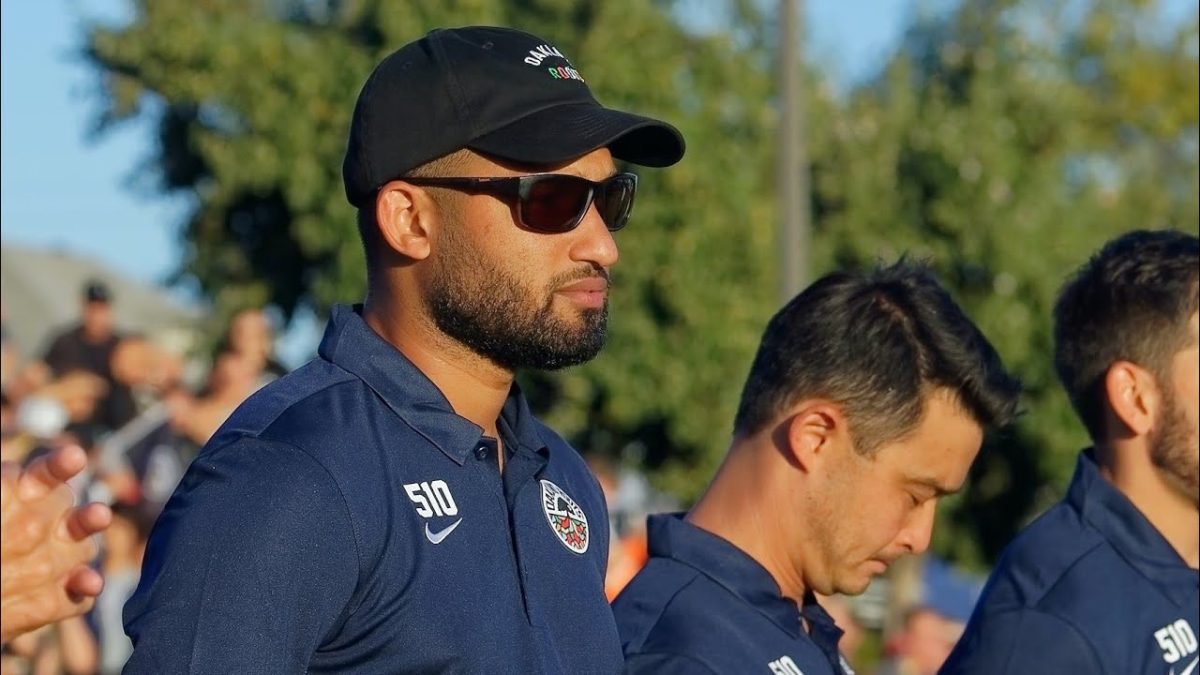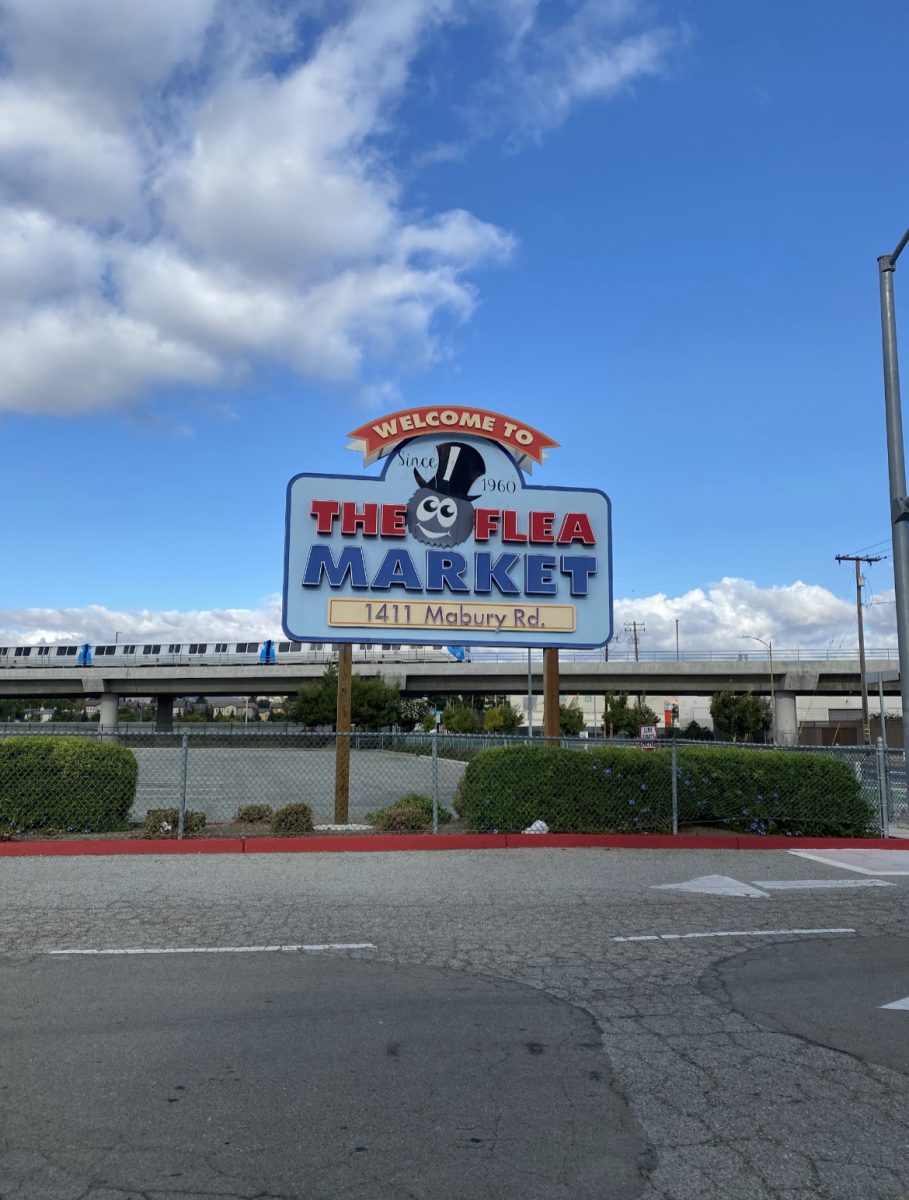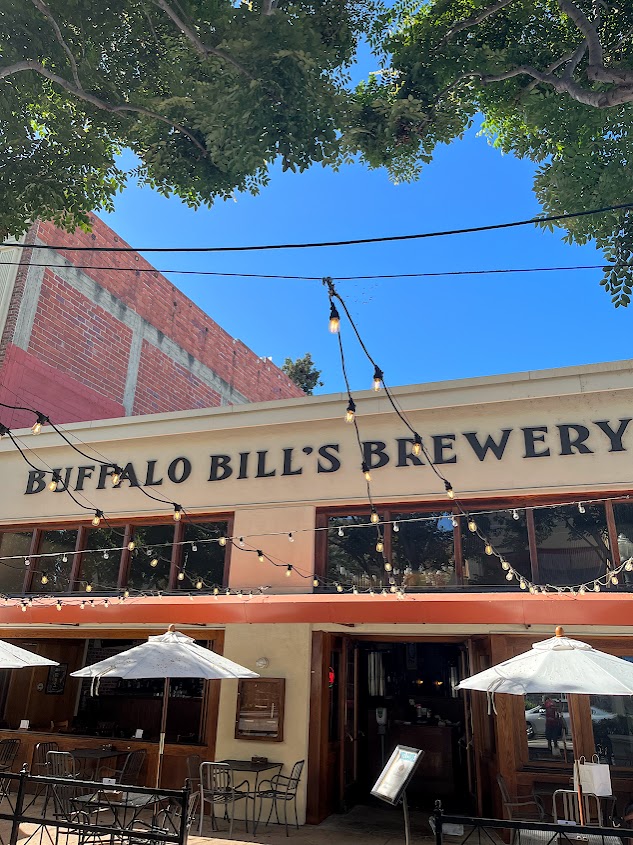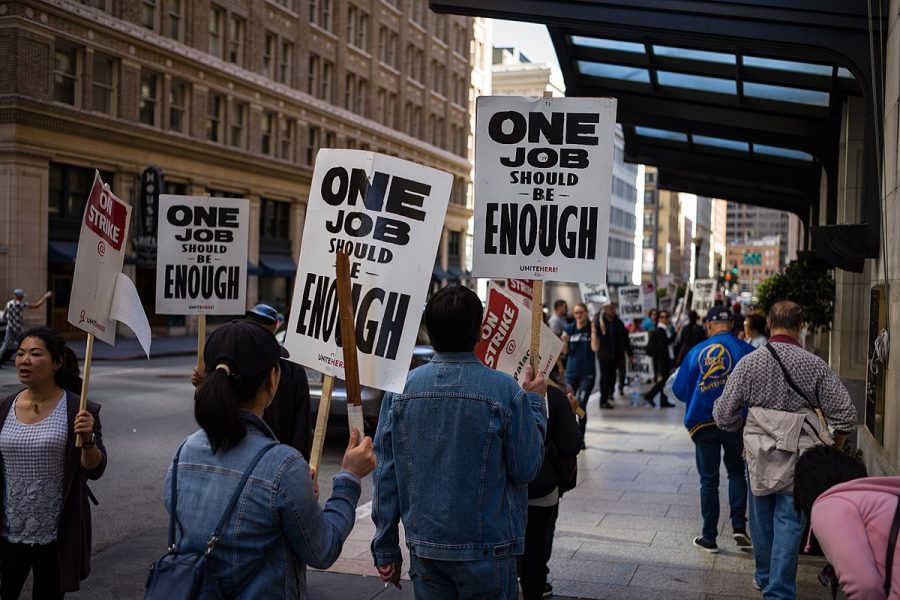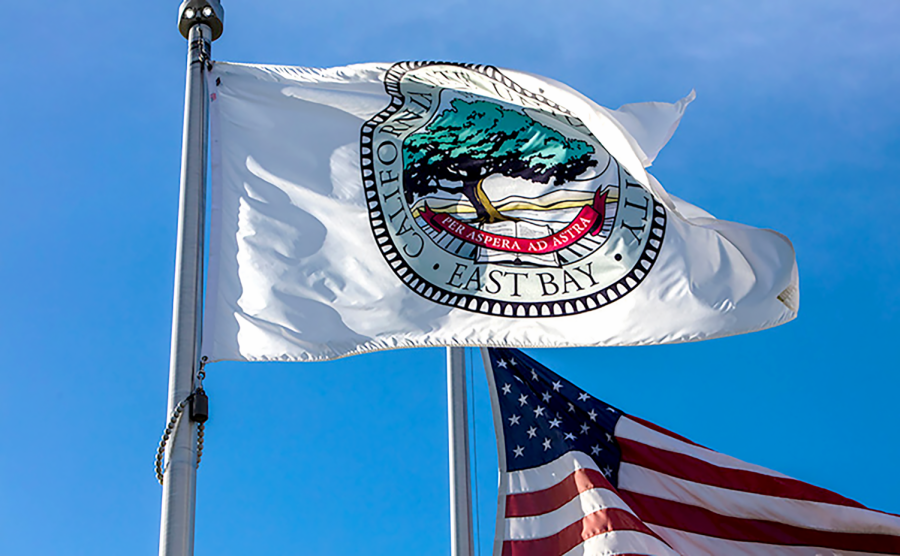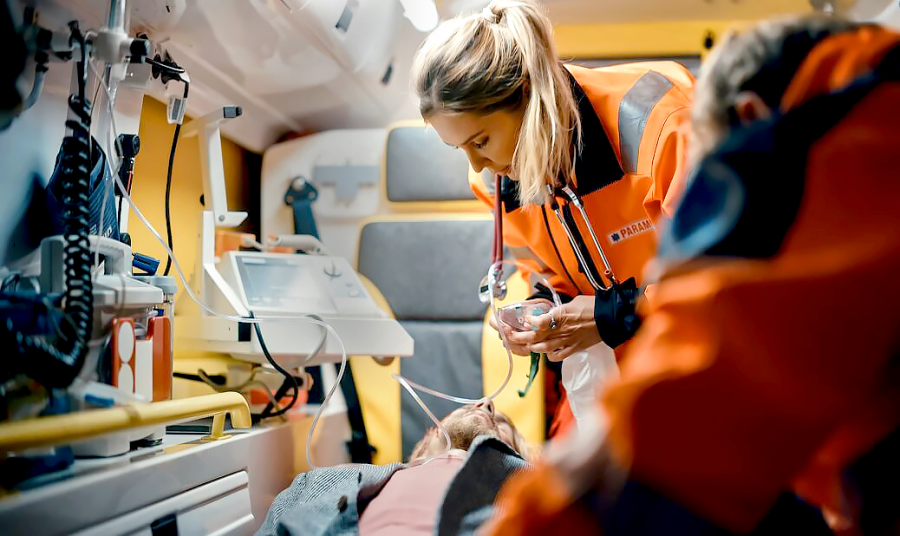While most 85-year-olds have long since retired from their jobs, historian John W. Boyd at the National Aeronautics and Space Administration (NASA) proves that age is just a number.
“I may not retire,” said Boyd, jokingly. “I may just die here and they can seal me up.”
Boyd’s fascination with flight began when his cousin invited him to fly on a biplane when he was in high school, a plane similar in design to the one the Wright brothers used.
“I kept wondering what was keeping us up there,” said Boyd.
His curiosity led him to the aeronautical engineering program at Virginia Polytechnic Institute and State University.
He then graduated from the Sloan Master’s Program at Stanford and began working at NASA’s Ames Research Center in 1947, where he researched pressure systems acting on biplanes and efficiency.
“I worked on a B-58 airplane and learned how to modify the wing in a wind tunnel, to make it more efficient,” said Boyd. “Negative pressure on top of the wing, positive pressure on the bottom. One is pulling up and one is pushing up. The longer the wingspan, the more efficient it is. They can glide better, and it takes less energy to fly.”
Fifty-three years later, he’s still there, working as the senior historian advisor and ombudsman.
Times have changed at the NASA research center, Boyd recalls.
“We don’t have as much freedom to do the type of research we want to do,” said Boyd.
“You need a lot of details approved from people outside the center. The money has become much tighter as well. This was very evident as President Barack Obama made cuts to the mission to the moon program and redirected the money to focus more on research at home.”
If Boyd does retire, he says he will use his time to pursue his passion—the history of NASA—and wants to write about the rich history of the Ames Research Center.







